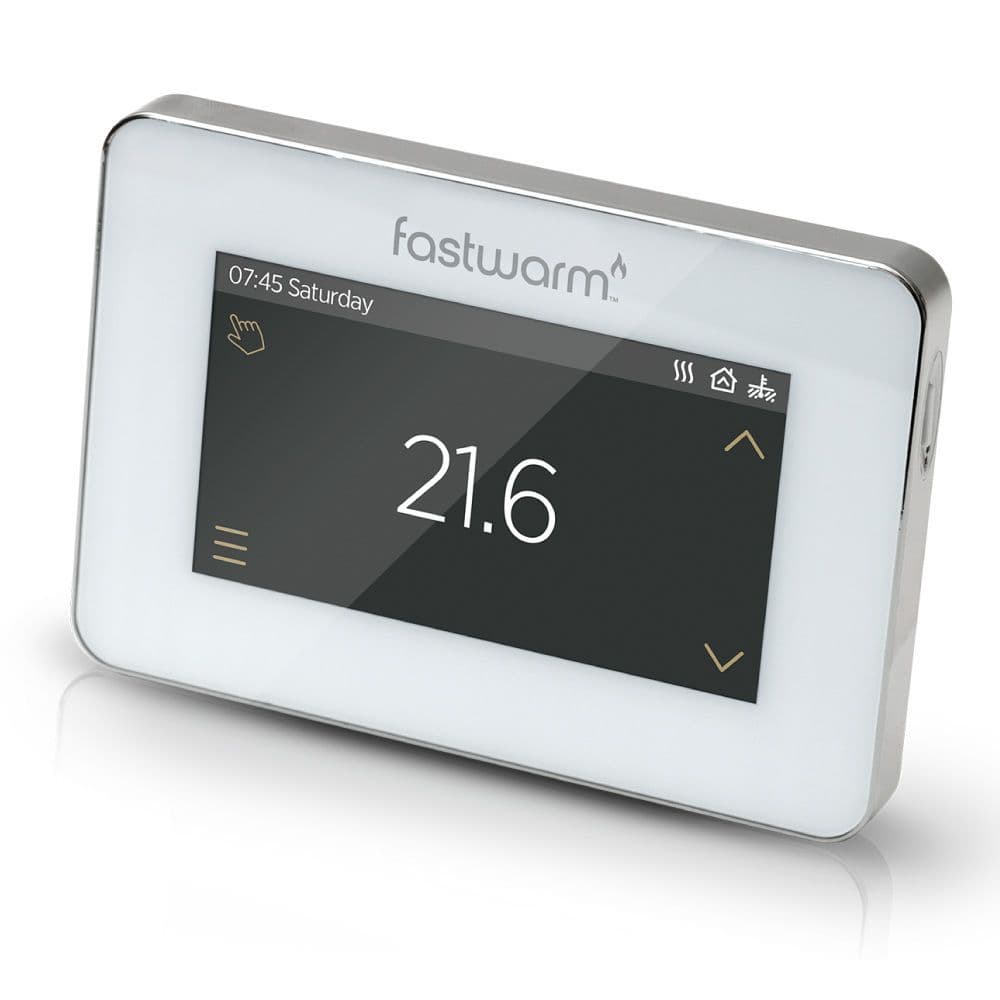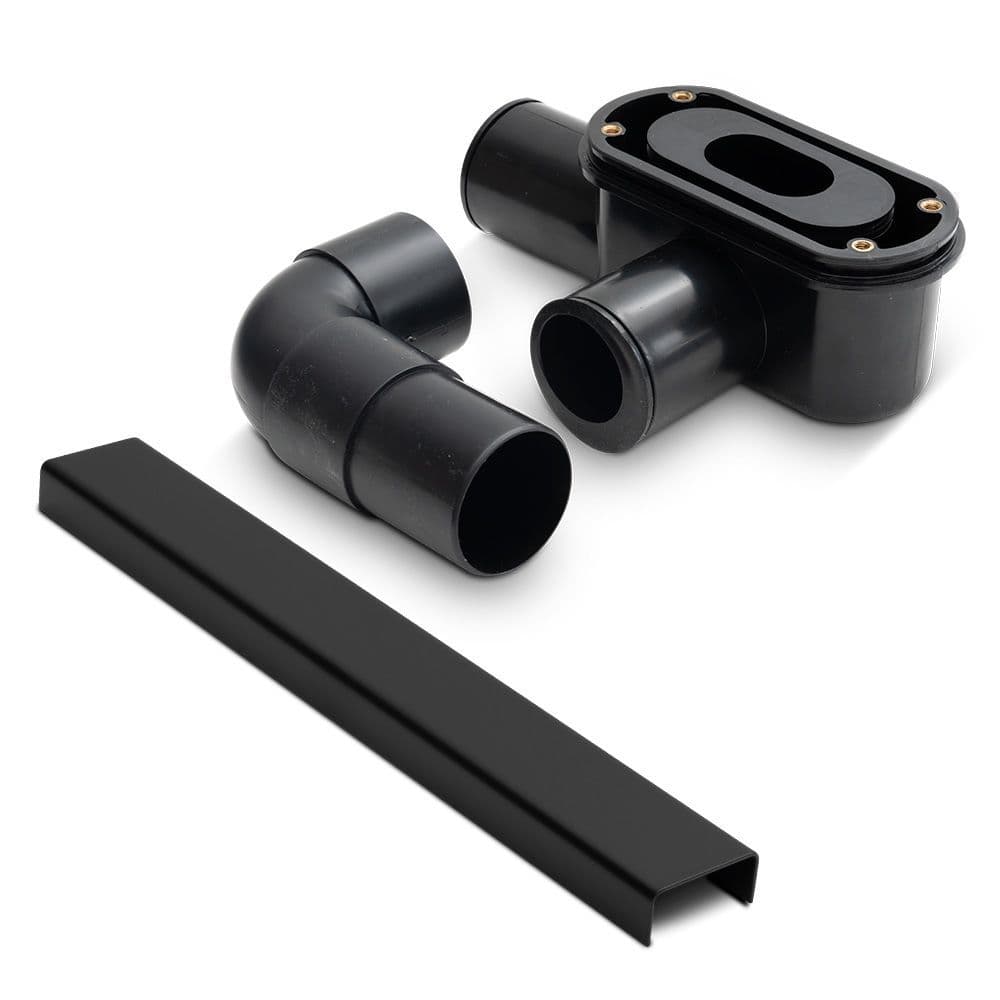While food preparation, cooking and cleaning take place in kitchens, there are also rooms for dining, socialising and relaxing. As a result, they need to not only offer room for functional tasks, but also provide warmth and comfort, and underfloor heating can answer all these requirements.
Laminate flooring has many benefits. Far more hard-wearing than wood flooring, laminate’s protective top layer is highly resistant to wear and tear.
A useful benefit of using laminate with underfloor heating is that it does not tend to warp under changing temperatures. This resistance to heat even at higher temperatures makes it a durable option designed for years of use with an underfloor heating system.
Finally, laminate is a far more affordable floor choice for homeowners wanting to stick to a tighter budget.
Key considerations when pairing laminate with underfloor heating
There are three main concrete floor finishes used with underfloor heating: polished concrete screed, polished concrete overlay and concrete pour.
Laminate boards can easily be fitted over an underfloor heating system. Like engineered wood floorboards, laminate boards are fashioned to lock together to make installations simpler.
However, installers should remember to leave an expansion gap at the edge of the flooring, to remove any risk of the laminate buckling from humidity or raises in room temperature. A gap of approximately 15mm is typically adequate to account for any expansion, and can be hidden beneath the room's skirting board.
Installers must also be aware of maximum temperatures. Laminate flooring can be used with both electric and warm water underfloor heating systems, but the recommended maximum floor surface temperature should not exceed 27˚C, to prevent any damage to the laminate boards.
The best solution to monitor and maintain the appropriate heat levels for a temperature-sensitive floor covering is using a temperature sensor.
Laminate thickness must also be considered. Thicker boards will impact heat transfer, and slow down how fast rooms heat up. As a result, to optimise heat transfer, laminate floorboards should be 18 mm thick or less.
Like other floor types, laminate requires underfloor heating users to introduce temperatures gradually the first time the system is turned on. Temperatures can be increased by five degrees each day until the ideal setting is reached.
What do I do next?
If you need more help, our highly experienced team are available to answer your questions.
You can contact us via the options below:


















